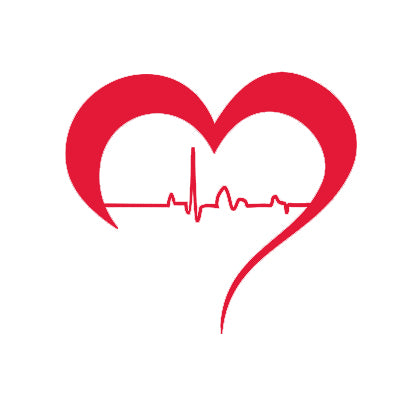Accidents and emergencies can happen at any time, often when we least expect them. Knowing basic first aid skills can make a significant difference in the outcome of an emergency. Whether you're at home, at work, or out in public, being equipped with these essential skills can help you provide immediate assistance and potentially save lives. In this blog post, we will explore three fundamental first-aid skills that everyone should know.
Cardiopulmonary Resuscitation (CPR)
Cardiopulmonary resuscitation, commonly known as CPR, is a crucial life-saving technique that can sustain blood flow and oxygen to vital organs when someone's breathing or heartbeat has stopped. CPR involves a combination of chest compressions and rescue breaths, performed in a specific sequence. Knowing how to perform CPR can be the difference between life and death, especially in cases of sudden cardiac arrest. Various organizations offer CPR certification courses, ensuring that individuals can acquire the knowledge and confidence to administer CPR effectively. By learning CPR, you become an empowered bystander capable of providing immediate help while waiting for professional medical assistance.
Handling External Bleeding
Accidents resulting in external bleeding, such as cuts or lacerations, are common. Understanding how to manage and control bleeding is a critical first-aid skill. Start by applying direct pressure to the wound using a clean cloth or your hand. Elevate the injured area, if possible, to help reduce blood flow. If the bleeding persists, apply additional pressure using a bandage or a piece of clothing. A tourniquet may be necessary in severe cases, but it should only be used as a last resort when other measures fail to stop the bleeding. Remember to call emergency services promptly to ensure further medical assistance.
Treating Wounds and Bleeding
Knowing how to handle wounds and control bleeding is another essential first aid skill. Start by applying direct pressure to the wound using a clean cloth or your hand. Elevate the injured area if possible, as this can help reduce blood flow. If the bleeding doesn't stop, apply additional pressure or use a pressure bandage. A tourniquet may be necessary in more severe cases, but it should only be used as a last resort and under proper instruction. Understanding the appropriate methods for treating wounds and managing bleeding can minimize the risk of infection and reduce blood loss until professional medical assistance is available.
Having basic first aid skills is crucial for everyone, as accidents and emergencies can happen anywhere, at any time. By learning CPR, you can be prepared to save a life when someone's breathing or heartbeat has stopped. Understanding how to assist a choking victim can prevent a potentially fatal situation. Additionally, knowing how to treat wounds and control bleeding can help minimize complications until professional medical help arrives. By acquiring these fundamental first aid skills, you become an invaluable asset in emergencies, ensuring the well-being of those around you and potentially making a life-saving difference. Remember, it's always better to be prepared than to be caught off guard when it comes to first aid skills.




